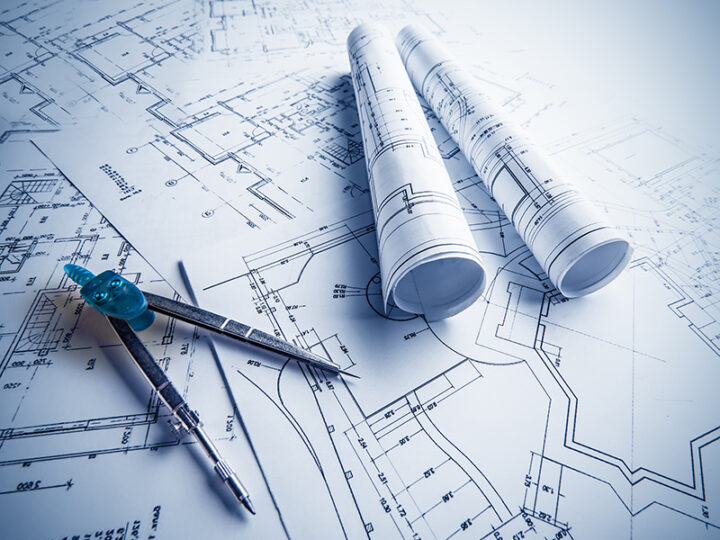
Claims Retrospective: Working for Condominium Associations May Require a Unique Type of Vigilance.
Design professionals who agree to perform services for condominium associations may find themselves involved in odd claims. Over the past few years, we have seen some claims by condominium associations and their unit owners that are outside the ordinary claims for failure to meet the applicable standard of care.
These claims often include situations where there is a dispute over who has authority to engage the professional to complete the work. We have seen claims by unit owners against design professionals, alleging condominiums associations were not authorized to engage the professional to do work in their unit or the work that affected their unit. We have also seen claims by condominium associations against design professionals, alleging that the design professional was not adequately informing the condominium of its findings and recommendations because the design professional was sending its communications to the wrong individual. Finally, we have also seen claims by condominium associations against design professionals, alleging that the person(s) who engaged the design professional to perform services for the condominium association did not have the authority to do so.
While the aforementioned examples represent only a small portion of the claims involving condominium associations, they highlight one of the inherent problems of working with a condominium association that has many members with varying levels of involvement in the operations of the association and the association building. While these claims are often the stuff of nuisance, they can be costly. Application of some common sense can often reduce the likelihood of such claims.
The first and most obvious way to reduce these types of claims is to proceed with extreme caution when asked to perform services that involve one of the units of the building as opposed to the common elements. If the association is requesting services for improvements or repairs to a specific unit, the design professional should request the contact information for the owners of the unit and obtain their agreement and approval, in writing, to proceed. The design professional should also include the unit owners on all important communications concerning the services being provided in connection with their unit.
Confusion about who should receive project communications can be resolved by identifying who is to obtain the communications in the written contract governing the project. The design professional may also want to include language that clearly places the burden on the association to inform it of any change in the desired contact for the association.
The issue of whether the person engaging the design professional has the authority to do so is a bit thornier. It is not always apparent who has the required authority. If the design professional is working through a management company, the company should be able to provide a contract or some indicia of its authority and likely will not be offended by a request for same. A little internet research may be able to confirm whether or not the association building is professionally managed and, if so, by what management company.
If you are dealing directly with a member of the condominium association board, it may not be as simple. While the design professional may ask for some sort of proof of authority, such is not always readily available or in existence, particularly if it is a small association. In such cases, the design professional should keep vigilant for warning signs that the individual they are working with does not have the requisite authority. If the professional knows that the applicable association formalities are not being complied with, this should be a red flag that the person with whom they are dealing may not be authorized. If the professional’s schematic design and/or proposals are not being presented to the Board or at Board meetings, this may raise questions as to whether the project communications are being relayed to the appropriate, authorized individuals.
Performing work for condominium associations can present unique difficulties concerning communication and authority as explained above. However, approaching these projects with caution and common sense should alleviate at least some of the risk involved.






